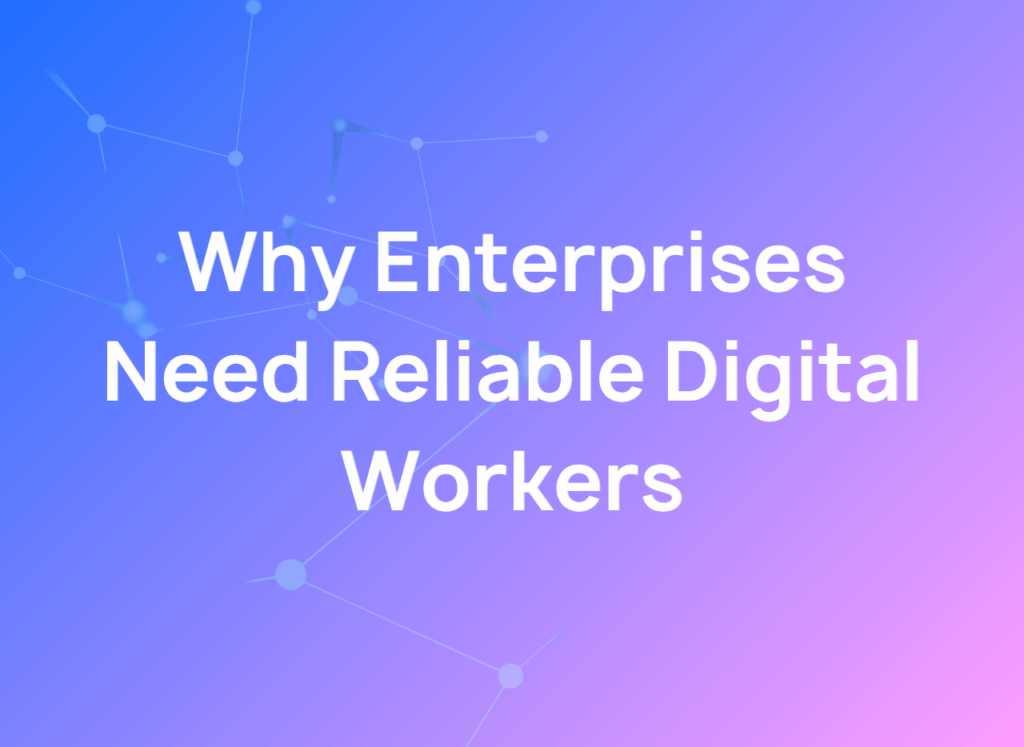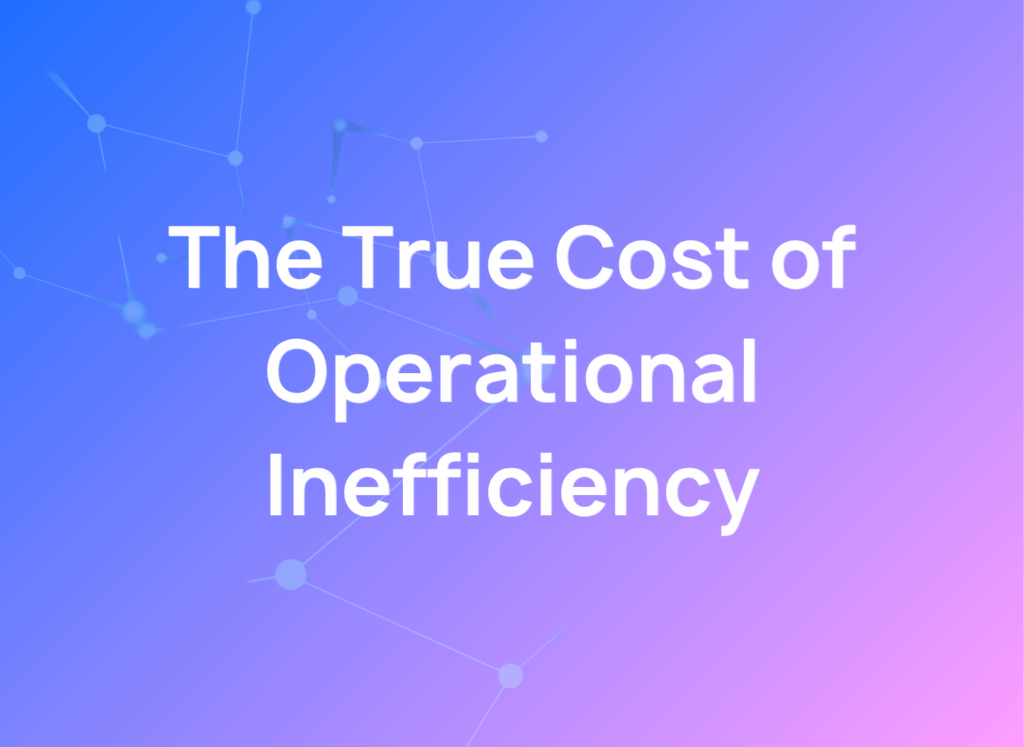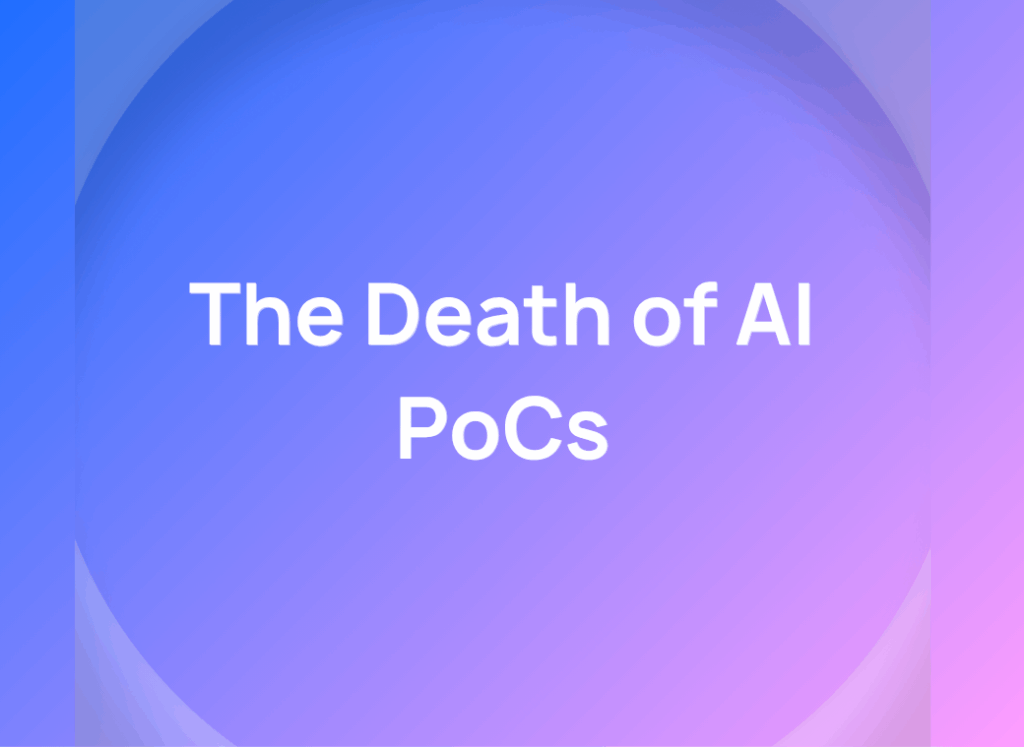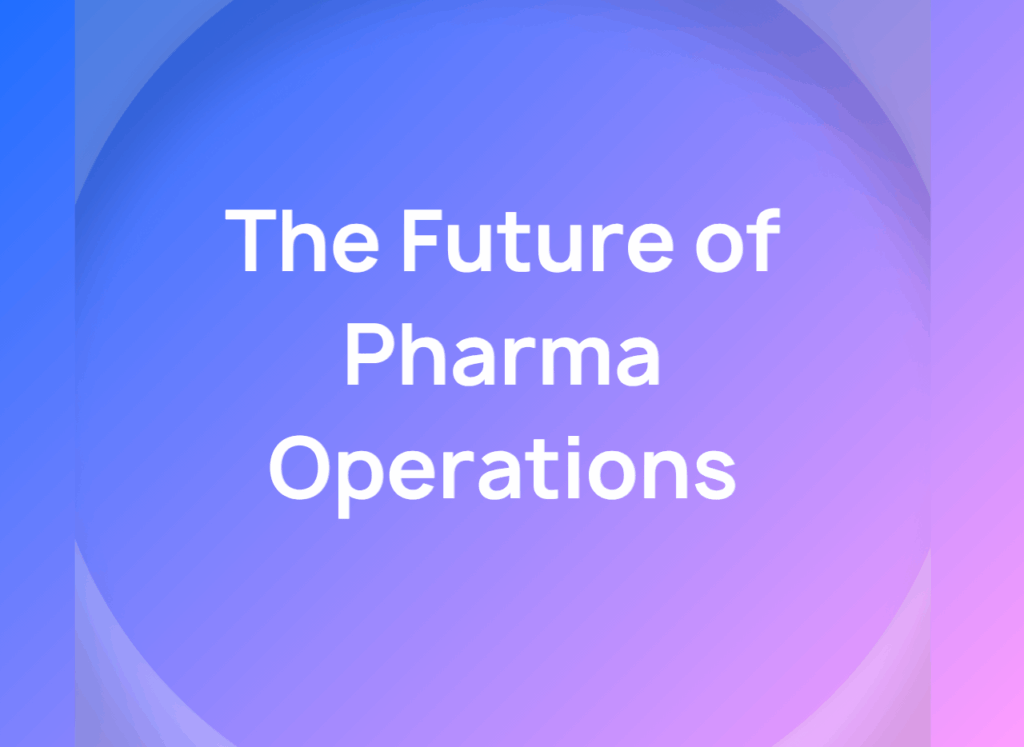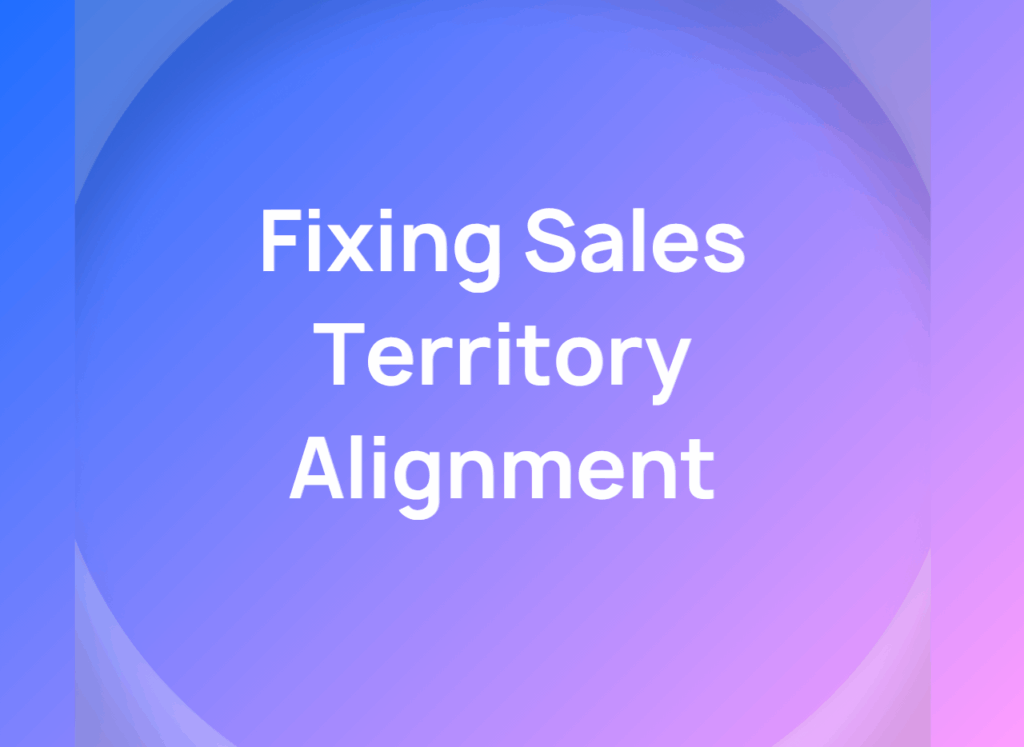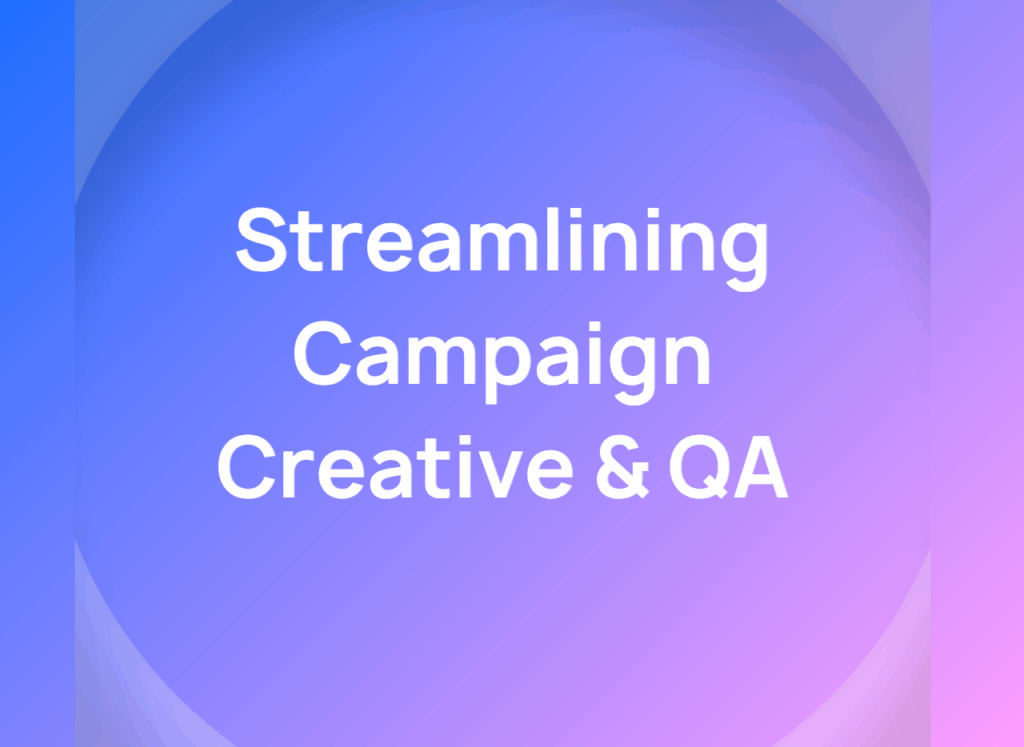What If Data Science Was Free?
What If Data Science Was Free?
In nearly every enterprise today, data is growing at a staggering pace, far outstripping the capacity of the humans tasked with turning it into value. For years, the only answer was hiring more analysts, commissioning more dashboards, or bringing in consultants. But these approaches no longer scale. And increasingly, they no longer make sense.
A shift is underway.
AI agents, digital workers that operate autonomously across the data science life cycle, are now entering the enterprise. These aren’t co-pilots. They don’t assist. They replace manual workflows, executing analytics tasks end-to-end like humans.
So it’s time to ask: what happens when data science becomes effectively free?
Imagine if every team in your company, marketing, supply chain, and finance had a full data science function at their fingertips: no bottlenecks, no dashboards, no weeks of delays. Just a question asked and a strategic answer delivered, minutes later.
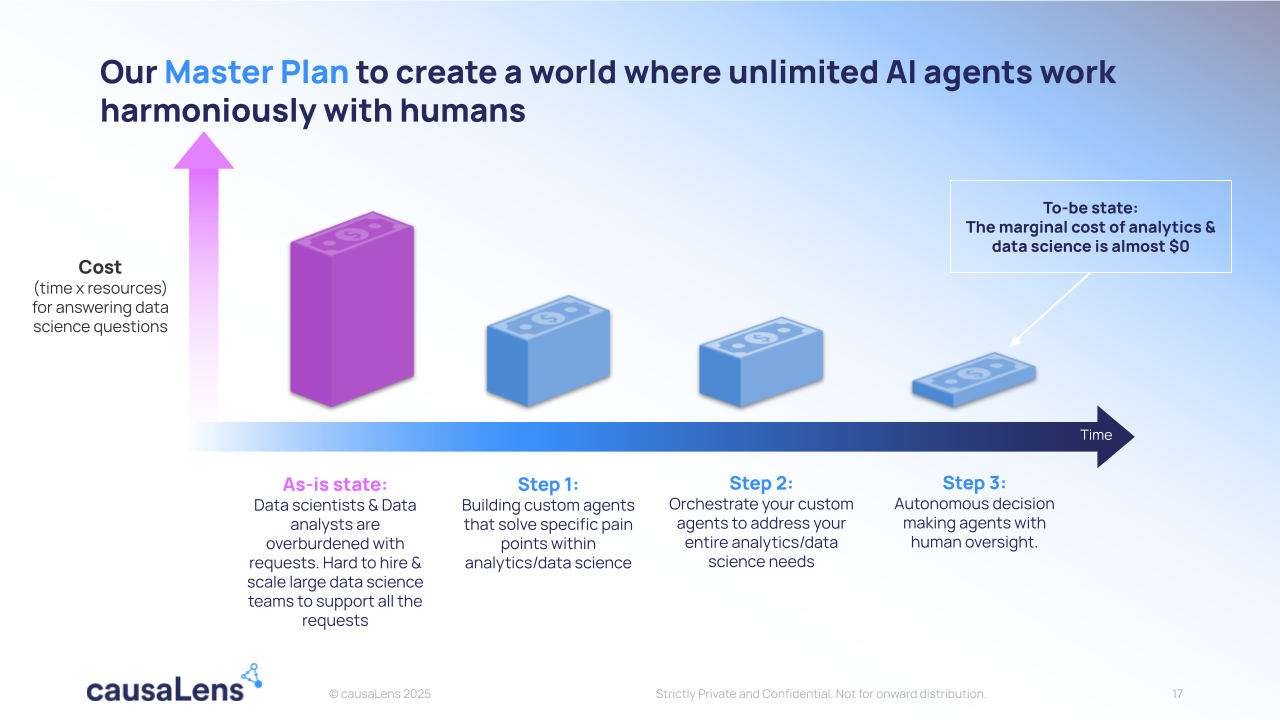
“If the cost of data science approaches zero, it will change how we build companies, how we run them, and who gets to make decisions.”
Darko Matovski, causaLens
The Hidden Tax on Decision-Making
Even in the most tech-forward companies, strategic decision-making is slower than it should be. Why? Because data teams are overwhelmed. Analytics workflows are still mostly human-powered. Answering simple business questions; “Which customers are likely to churn?”, “What’s the ROI of this campaign?”, “How do we optimize production?” It can take weeks.
That lag is a tax on innovation. Every delayed insight is a missed opportunity.
“If data science were free, companies would run 10x more experiments. Every team could act on data, not just the analytics org.”
That’s the future being built with causaLens. A platform not for dashboards, but for deploying AI-native digital workers—agents that clean, model, reason, and act autonomously inside enterprise environments.
Autonomous AI Agents.
Replace manual workflows, execute analytics to get insights 10x faster, at 1/10th the cost.
Agents Aren’t Assistants. They’re Teammates.
Most of the AI buzz today is around “co-pilots”, tools that augment humans. However, the enterprise needs no more assistance. It needs execution.
CausaLens agents don’t just analyze. They decide. They act. And they explain why they did it.
They’re deployed as autonomous digital workers, built to handle repetitive analytical tasks so human talent can focus on strategy.
This isn’t "AI to help your analyst", this is AI that replaces the need for an analyst entirely.
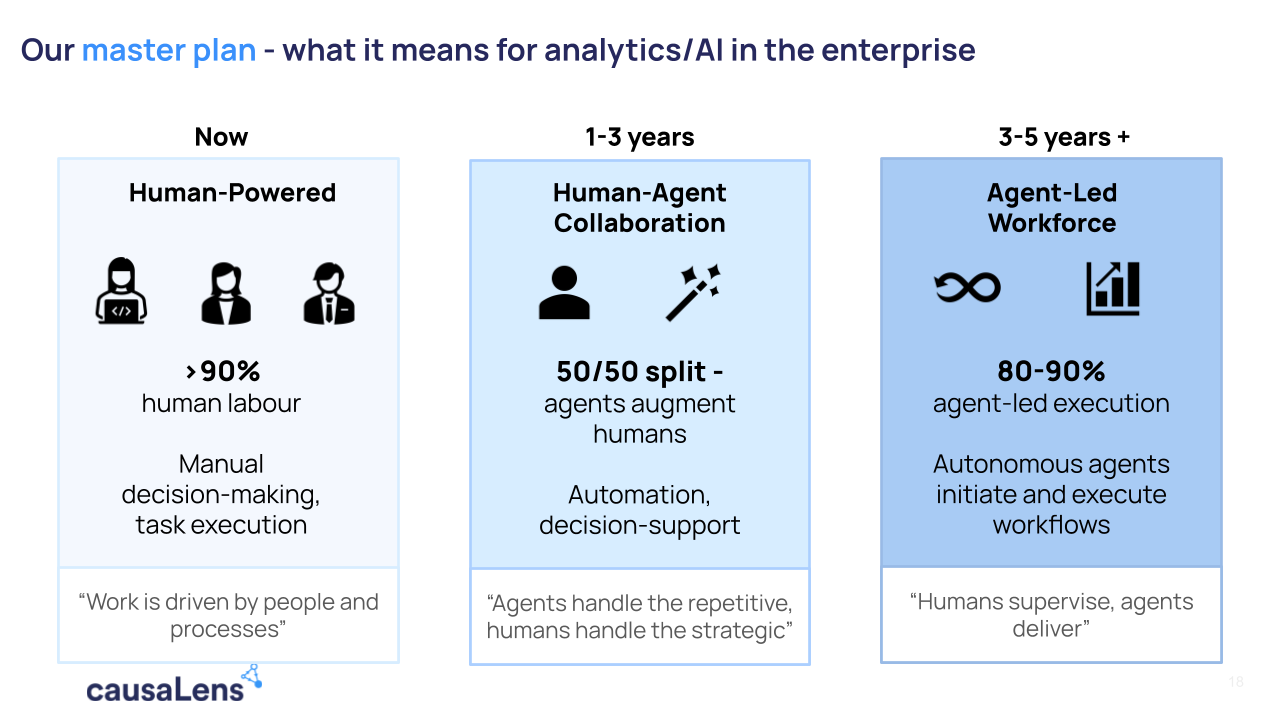
In the short term, enterprises will move to a 50/50 model; humans and agents working in tandem. However, within 3–5 years, most execution is expected to be agent-led. Humans will supervise. Agents will deliver.
Why Now?
causaLens sits at the agentic layer of the AI stack, on top of foundation models. The better those models get, the better our agents perform. It’s the perfect compounding flywheel.
At the same time, structural pain in the market is forcing change. Data is growing exponentially. Talent is linear. Hiring more isn’t a solution. Enterprises need AI labor that scales.
While enterprises today face three costly options - hire internally, outsource to consultants, or buy fragmented SaaS stacks, causaLens offers a fourth path: digital agents that do the work.
causaLens Agent Platform replaces the need to hire, outsource, or cobble together SaaS tools. Instead, it offers Services-as-Software, AI agents that act like employees, not tools.
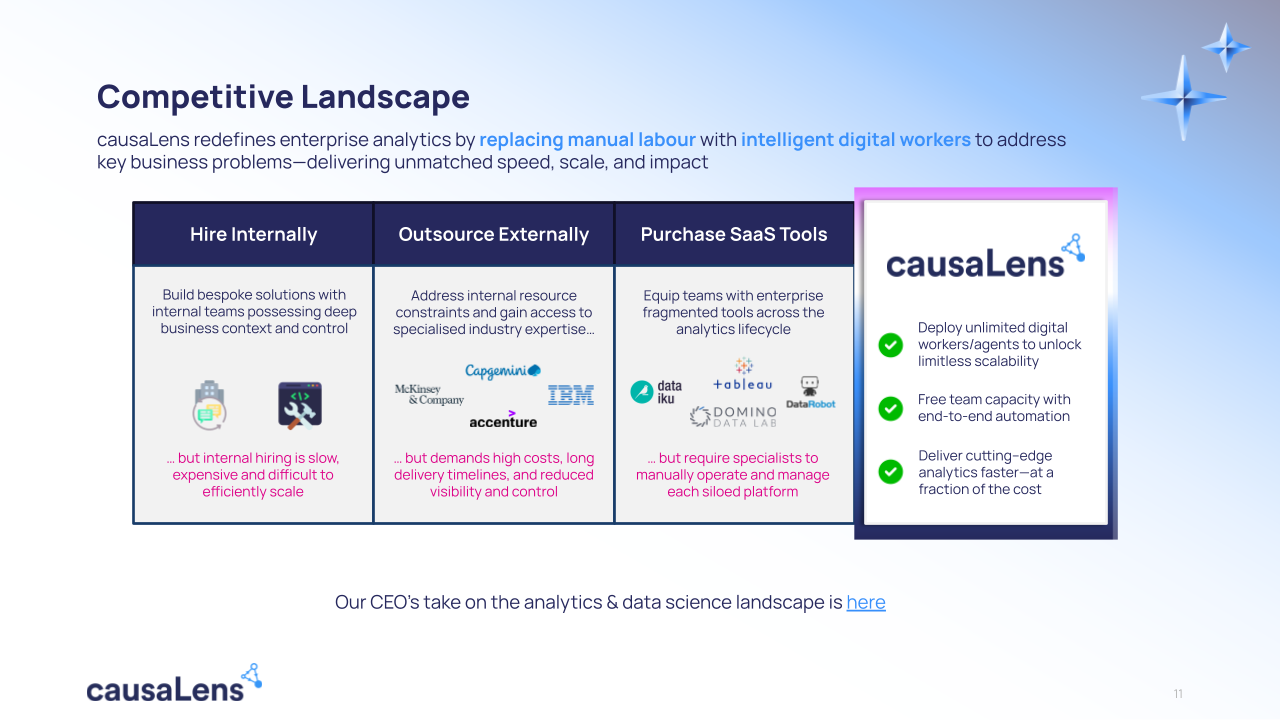
From Automation to Autonomy
Much of the enterprise AI conversation has centered around “co-pilots”, tools that help users complete tasks. But Darko argues we’re entering a new phase: agentic AI, where software doesn’t just assist, it acts.
“Most of what we call ‘enterprise AI’ is still just automation with dashboards attached. But AI agents can make, explain, and execute decisions independently.”
This enables a shift in how companies operate. It also unlocks access: when digital labor becomes effectively free, smaller teams can run large-scale analytics, and non-technical teams can drive data-led initiatives without waiting on specialists.
It’s Already Working
In the last few months alone, causaLens agents have been deployed in global pharma, telecoms, manufacturing, FMCG, and more, powering everything from demand forecasting to risk analytics.
In one instance, a customer fully automated a role previously held by a human. The outcome wasn’t a co-pilot. It was a replacement, an agent that understood the context, took actions, and delivered outcomes.
“This is the first time software has created digital labor that fully replaces a knowledge worker. And it’s only the beginning.”
When Data Science Is Free, Everything Changes
When the cost of data science approaches zero, enterprises behave differently. They test more. Optimize more. Make better decisions. And crucially, they empower everyone to ask and answer complex questions.
That’s what democratization means. Not just giving people dashboards, but giving them decisions.
This is the turning point: from tool to teammate, from pilot to agent.
What about humans?
Data scientists aren’t going away; they’re being elevated. As AI agents take over the grunt work, human experts step into strategic roles, acting as Chiefs of Staff to digital teams of AI agents.
